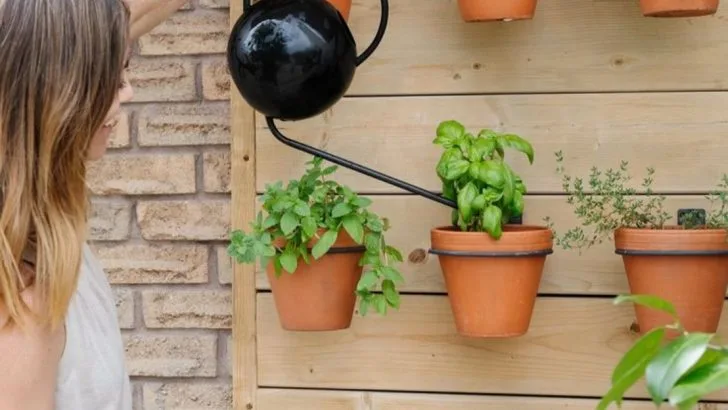An indoor herb wall brings fresh flavor and vibrant greenery to your home—no matter the season. With the right setup, you can enjoy a steady supply of culinary herbs year-round, even in small spaces or low-light environments.
From choosing the best herbs and vertical planters to optimizing light and watering, creating a successful herb wall is easier than you might think. Plus, it adds beauty and a touch of nature to your living space.
In this article, learn how to create a year-round indoor herb wall—and enjoy the taste of freshly picked herbs straight from your wall to your kitchen.
Choosing the Right Herbs
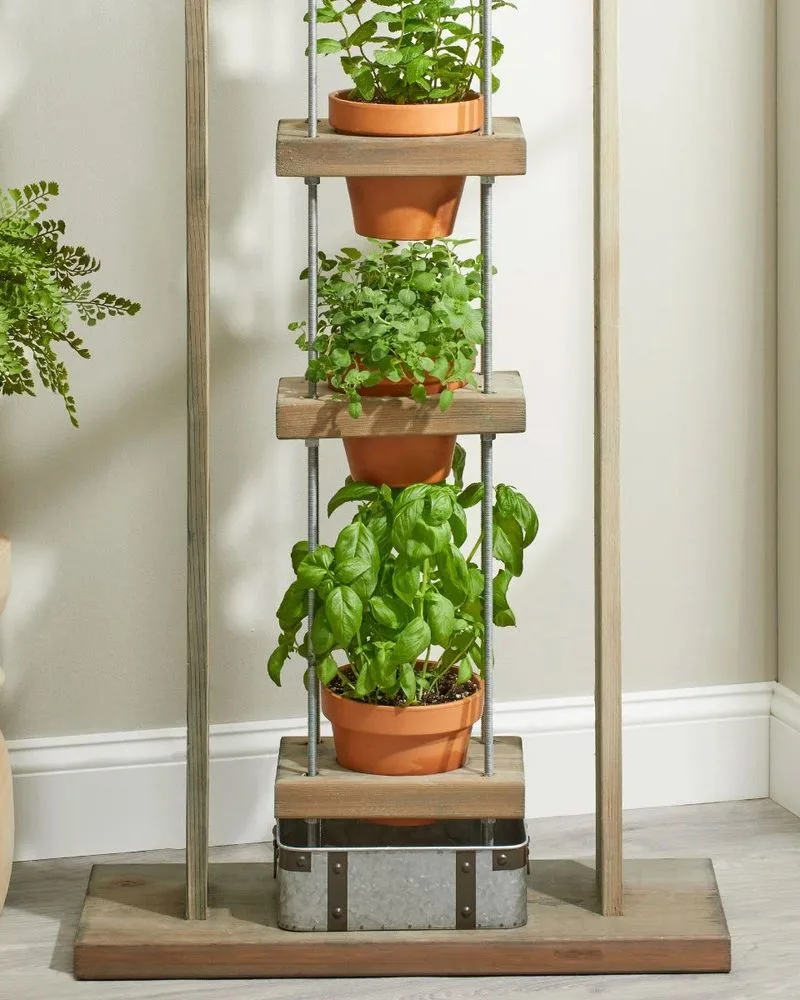
Selecting the perfect herbs is the first step. Consider your cooking habits—think about the dishes you love to prepare and which herbs complement them. Basil, mint, and parsley are popular choices for many home cooks. Each brings a unique flavor and aroma to your meals.
Herbs like rosemary and thyme are also wonderful, offering a hardy nature that thrives indoors. A diverse selection ensures you have fresh options at your fingertips.
Be mindful of the growing conditions each herb requires, and choose those that can coexist in similar environments.
Creating a Functional Design

Functionality meets aesthetics when designing your herb wall. Plan a layout that allows easy access to each plant, ensuring they’re all within reach for watering and harvesting. Consider vertical arrangements that maximize space and align with your room’s decor.
Using shelves or hanging planters adds an element of style while keeping your herbs organized.
Lighting is crucial—place your herb wall near natural light sources or invest in grow lights to mimic sunlight. A well-thought-out design not only looks pleasing but also supports healthy plant growth.
Selecting the Ideal Containers
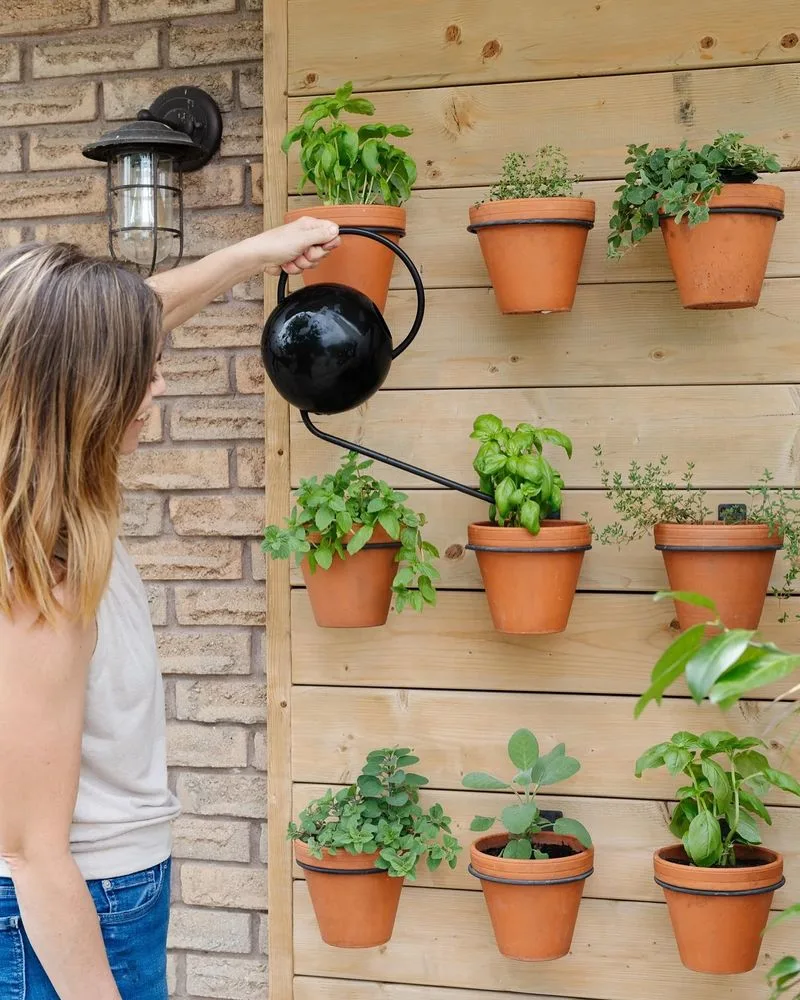
Containers play a crucial role in growing healthy herbs indoors. Opt for pots with good drainage to prevent waterlogging, which can lead to root rot. Terra cotta pots are excellent choices; they allow for air circulation and moisture retention.
Consider the size of the pots based on the herbs you choose. Smaller herbs like chives need less space than sprawling ones like mint.
Grouping herbs with similar water needs in the same type of container simplifies care. Attractive pots can also enhance the visual appeal of your herb wall.
Ensuring Proper Drainage
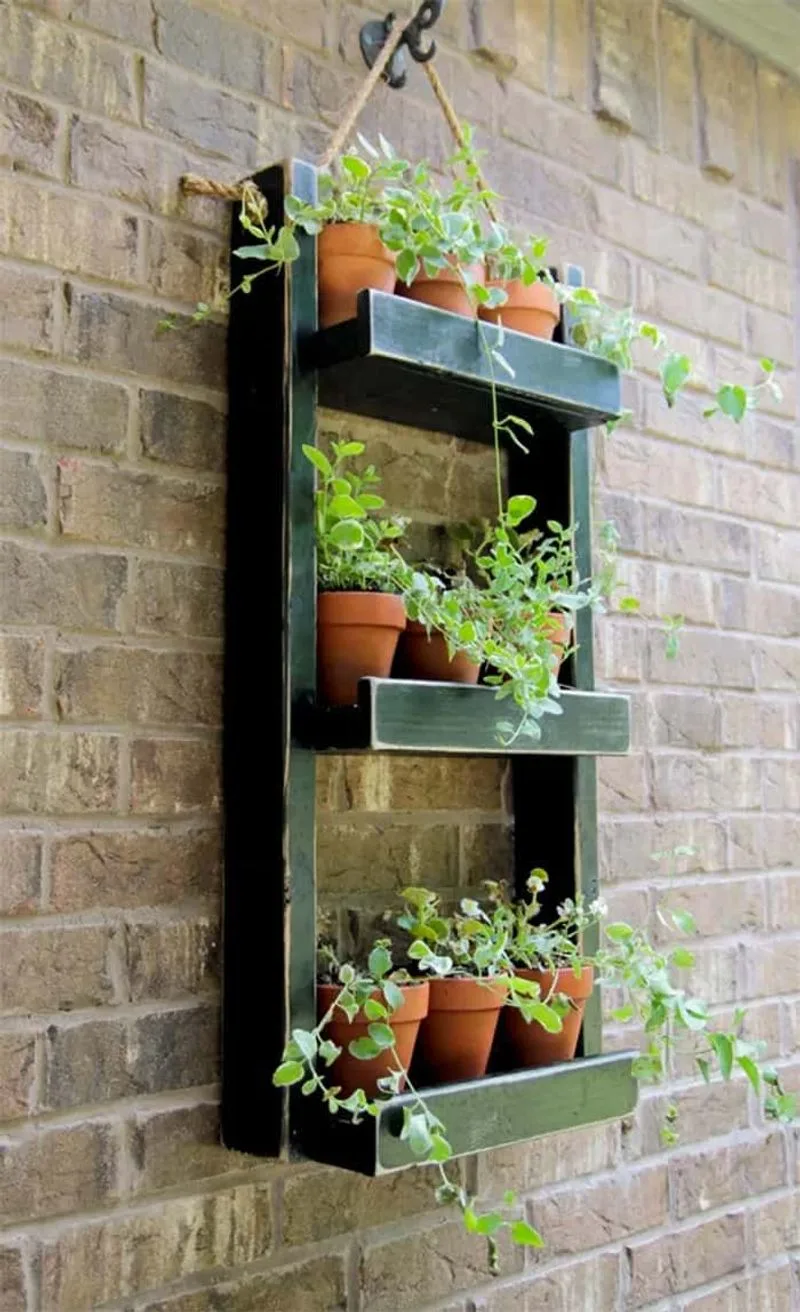
Drainage is key to maintaining healthy herbs. Ensure your containers have adequate drainage holes to prevent excess water from accumulating. Elevating pots slightly with saucers can catch any overflow without staining surfaces.
Consider using a layer of small pebbles at the bottom of pots to improve drainage and aeration. This setup helps roots remain healthy and reduces the chance of overwatering.
Monitoring moisture levels regularly can prevent common issues like root rot, ensuring your herbs thrive throughout the year.
Utilizing Appropriate Lighting
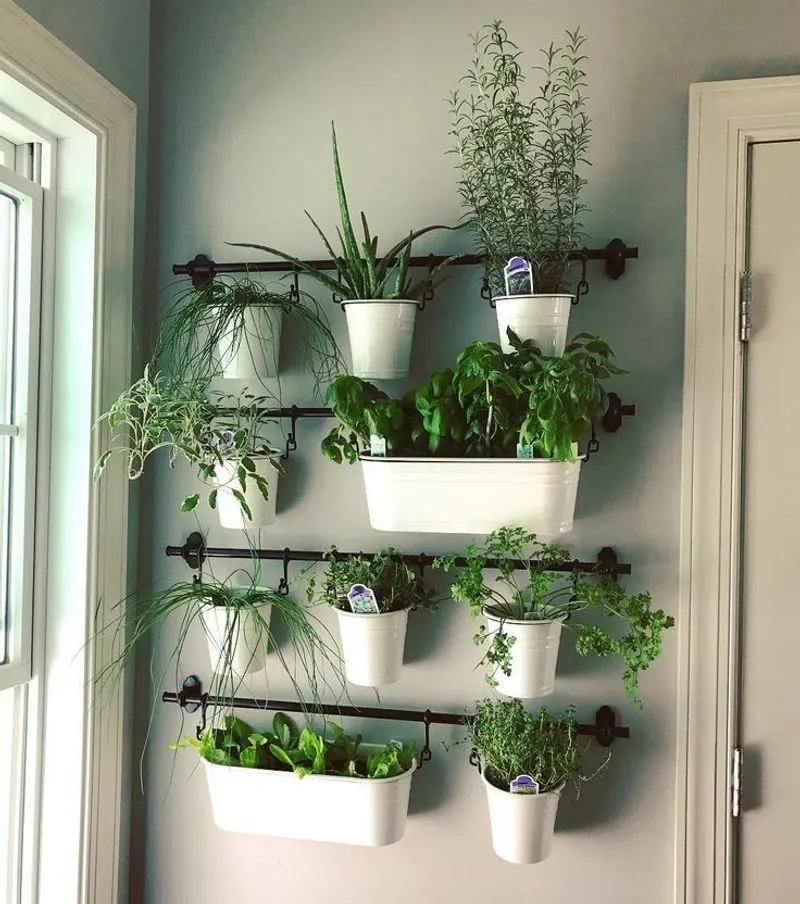
Lighting is a critical factor in the success of your indoor herb wall. While natural light is ideal, not all homes have ample sunlight. Invest in LED grow lights that provide the necessary spectrum for photosynthesis.
Position these lights close to the plants but avoid direct contact to prevent burning. Adjust light exposure according to each herb’s needs—some may require longer periods of light.
Regularly rotate plants to ensure even light distribution. Proper lighting keeps your herbs vibrant and full of flavor.
Watering Techniques for Indoors
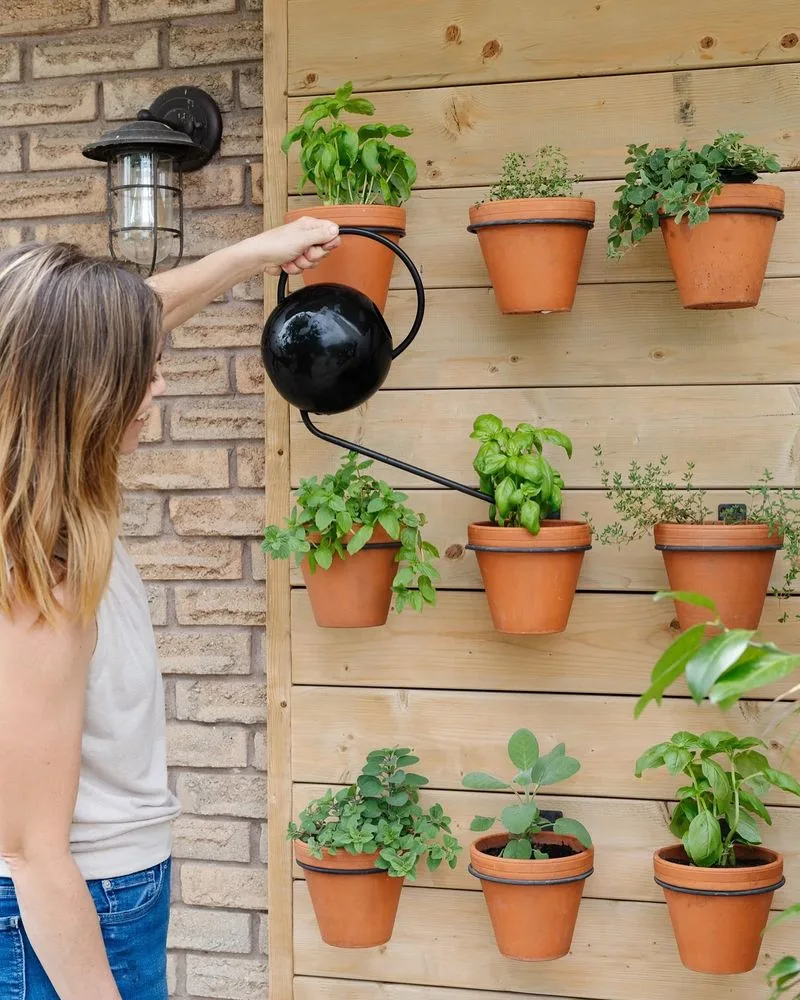
Watering indoor herbs requires a balance between too much and too little. Overwatering is a common mistake that can lead to wilting and root issues. Use a watering can with a narrow spout for targeted watering.
Check soil moisture before watering—if the top inch is dry, it’s time to hydrate. Be mindful of seasonal changes; herbs may need less water during cooler months.
Consistent care helps establish strong, resilient plants that enhance your culinary creations.
Maintaining and Harvesting

Regular maintenance is essential for a thriving herb wall. Pruning encourages growth and prevents plants from becoming leggy. Use clean scissors to trim herbs, promoting healthy regrowth.
Harvesting is best done in the morning when essential oils are most concentrated. Pinch off what you need, avoiding over-harvesting any single plant.
This routine keeps your herb wall productive and your kitchen stocked with fresh flavors. Cultivating a year-round herb garden is a rewarding experience that enhances your home environment.

